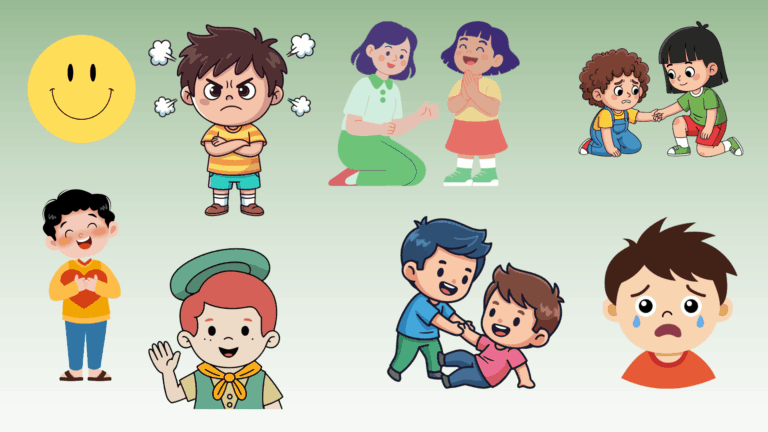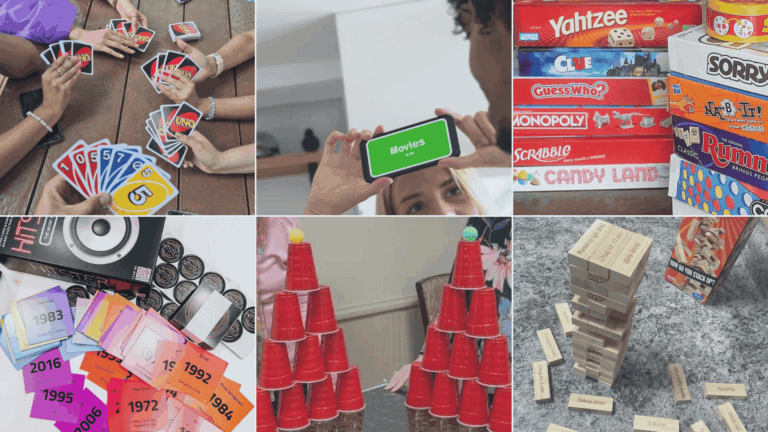Ever heard someone say “fank you” instead of “thank you”? Or maybe “free” when they meant “three”? It is not a rare occurrence! The th and f sounds trip up language learners everywhere.
But these mix-ups aren’t just random mistakes. They’re predictable patterns that can be fixed with the right approach.
This post will show you how th and f minimal pairs can turn these tricky sounds from enemies into friends. Plus, you’ll get practical exercises that work. Ready to help students master these sounds once and for all?
How Do Th and F Minimal Pairs Help to Improve Language Skills
Think of minimal pairs as the gym equipment for language learning. When students practice “thin” versus “fin,” their brains begin to build muscle memory. The magic happens because these sounds are so similar yet different.
The human brain loves patterns, and minimal pairs give it exactly what it craves. When students hear “think” and “fink” repeatedly, their auditory processing centers begin to map out the subtle differences.
Each time students encounter these sound contrasts, neural pathways strengthen. The brain begins creating distinct categories for the “th” and “f” sounds.
What once sounded identical starts revealing tiny but important differences. Students develop what linguists call “phonemic awareness” – essentially, their ears become attuned to catch sounds they previously missed.
Students stop saying “I’m finking about it” and start saying “I’m thinking about it.” Their communication becomes clearer. People understand them better. And let’s be honest – that feels pretty good!
List of Th and F Minimal Pairs
Your treasure chest of practice words – because variety is the spice of language learning! given below is your arsenal of th/f minimal pairs. Mix and match these for endless practice sessions:
Initial Sound Pairs
-
thick – fick
-
thin – fin
-
think – fink
-
thigh – fie
-
theme – feme
-
theft – left
-
three – free
-
threw – flu
-
through – flu
-
thumb – fum
Medial Sound Pairs
-
author – offer
-
something – sumfing
-
nothing – nuffing
-
anything – anyfing
-
everything – everyfing
Final Sound Pairs
-
bath – baff
-
math – maff
-
path – paff
-
with – wif
-
birth – birf
-
earth – earf
-
worth – worf
-
mouth – mouf
-
youth – youf
-
truth – truf
Additional Practice Words
-
breath – bref
-
death – def
-
faith – faif
-
both – bof
-
cloth – clof
-
growth – grof
-
length – lenf
-
strength – strengf
-
health – healf
-
wealth – wealf
-
fourth – fourf
-
fifth – fiff
-
sixth – sikf
-
seventh – sevenf
-
eighth – eigf
-
ninth – ninf
-
tenth – tenf
Bonus Challenging Pairs
-
thankful – fankful
-
thoughtful – foughtful
-
faithful – faifful
-
truthful – frufful
-
youthful – youfful
Get this list as a printable PDF for future reference
Recommendations for Th and F Minimal Pairs Play Cards
Because who says learning can’t come with a side of fun? These cards turn practice into playtime!
Physical cards outperform screen time in terms of hands-on learning. Students can touch, shuffle, and spread them out however they want. Here are some card options that actually work in real classrooms.
1. Th-F Fricative Simplification Minimal Pairs Toolkit
This toolkit offers engaging activities designed to help children distinguish between the /th/ and /f/ sounds.
It includes visual aids, games, and practice sheets, making it ideal for speech therapists and educators targeting fricative simplification errors.
Buy the toolkit here: Th-F Fricative Simplification Minimal Pairs Toolkit
2. Teachers Pay Teachers F & TH Minimal Pairs: Adventures in Speech Language, and Literacy
Get a fun and interactive set of minimal pair activities that target the F and TH sounds.
Created for speech-language pathologists, this resource supports articulation development through games, literacy integration, and engaging speech exercises.
Buy the toolkit here: Teachers Pay Teachers F & TH minimal pairs: Adventures in Speech Language, and Literacy.
3. TH vs. F Minimal Pairs Flashcards for Speech Therapy – FREE
These printable flashcards offer a simple, effective way to practice TH vs. F minimal pairs.
Ideal for home or clinical use, these supports auditory discrimination and articulation skills, making them perfect for therapists seeking a no-cost articulation resource.
Buy the toolkit here: TH vs. F Minimal Pairs Flashcards for Speech Therapy – FREE
4. Teachers Pay Teachers: Minimal Pairs: /f/ vs /th/
This resource features a collection of minimal pair word lists and activities to help students differentiate between /f/ and /th/ sounds.
Great for speech therapy sessions, it promotes clearer articulation through repetition, contrast, and engaging practice.
Buy the toolkit here: Teachers Pay Teachers: Minimal Pairs: /f/ vs /th/
How to Use Minimal Pairs in Class

Turn your classroom into a pronunciation playground where mistakes become learning moments! Using minimal pairs doesn’t have to feel like dental surgery. Make it fun, and students will want to practice these sounds.
Quick Start Activities:
Begin with simple listening exercises. Say “thin” or “fin” and watch students point to the corresponding pictures or raise the colored cards. This helps build listening skills before production begins.
Model clearly with exaggerated mouth movements. Let students copy what they see and hear. Present choice activities: “Did I say ‘three’ or ‘free’?” This focused contrast helps without overwhelming students.
Interactive Games That Work:
Games beat boring drills every time. Try minimal pair bingo with th/f word cards. Sound tennis works like verbal ping-pong – students bounce the ‘th’ and ‘f’ words back and forth. Pronunciation races let teams compete for accuracy points.
Daily Practice Tricks:
Small doses are more effective than long sessions. Start each class with a two-minute sound warm-up. Weave these sounds into vocabulary lessons and reading exercises. Consistency pays off more than intensity.
Technology Helpers:
Recording apps surprise students when they hear themselves. Voice memos help with self-awareness. Students can compare their pronunciation with that of native speakers and adjust their technique immediately.
Assessment Ideas:
Keep it simple but effective. Do quick pronunciation checks during regular activities. Try peer listening exercises where students take turns being the listener and the speaker.
Self-recording assignments let students track their progress over time.
Conclusion
Mastering the th and f sounds doesn’t happen overnight.
But with consistent practice using minimal pairs, students make real progress. These exercises work because they target specific problem areas.
Students gain confidence when they can pronounce words correctly. Communication improves. Frustration decreases. Everyone wins!
Keep practicing, keep experimenting, and watch those pronunciation skills bloom! Because every language learning story needs a happy ending!


















